New Investigative Technique Transforms “Food” Animals Into Investigators
The News
An animal rights organization in Israel has announced a groundbreaking investigative technique to help activists around the world expose the cruelty that animals endure inside of the secretive factory farms, trailers and slaughterhouses where they are raised, transported and killed.
The organization, Sentient, customized a small, disposable, camouflaged cameras that are affixed to an animal’s back by harmless glue and take streaming video from the point of view of the animal. By wearing the cameras on their backs, the animals are transformed into undercover investigators and whistleblowers.
According to Ronen Bar, the Executive Director of Sentient, the new investigative technique, dubbed “Camera on Animal,” helps to address the challenges faced by activists attempting to expose the dark underbelly of the animal agriculture industry and violations of animal welfare laws. ”As animal advocates worldwide face “Ag-Gag” laws and other hurdles, this novel approach – “Camera On Animal” – offers a creative, lower-risk approach to exposing the truth.”
During the first Camera On Animal, Sentient’s cameras captured dozens of hours of footage in Israel of the final hours of bulls, pigs and sheep. Bar says the footage reveals not only “the brutal reality inside of hidden and sealed facilities,” but also the harrowing journeys of individual animals who are wearing the cameras. He describes a calf who “somehow manages to turn around in the narrow slaughter line and climb over another calf in an effort to escape” and a bull who is “repeatedly electrified in the anus with a probe because he refused to move forward.”
Bar also describes a few moments of a pig’s journey in a transport trailer filled with other pigs. At one point, the pig pushes his way through the other pigs to get to metal slats on the side of the trailer in order to access fresh air and sunlight.
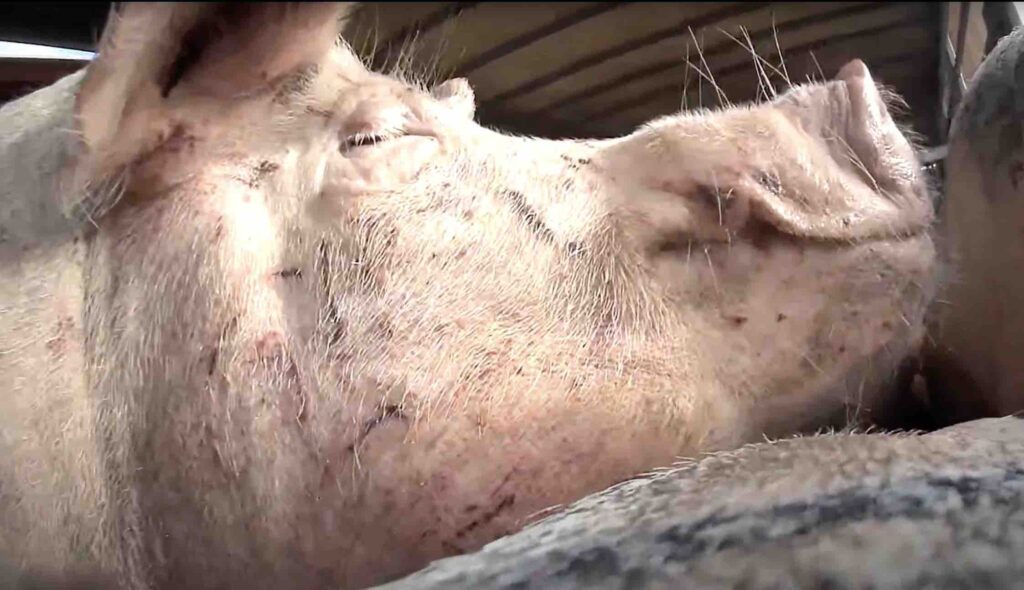
The image of this pig on a crowded transport truck was taken by a camera affixed to the back of another pig
Bar hopes that activists will use this new investigative technique in campaigns targeting specific companies or industries. He also hopes that stories of individual animals will resonate among compassionate people who aren’t already living a cruelty-free lifestyle.
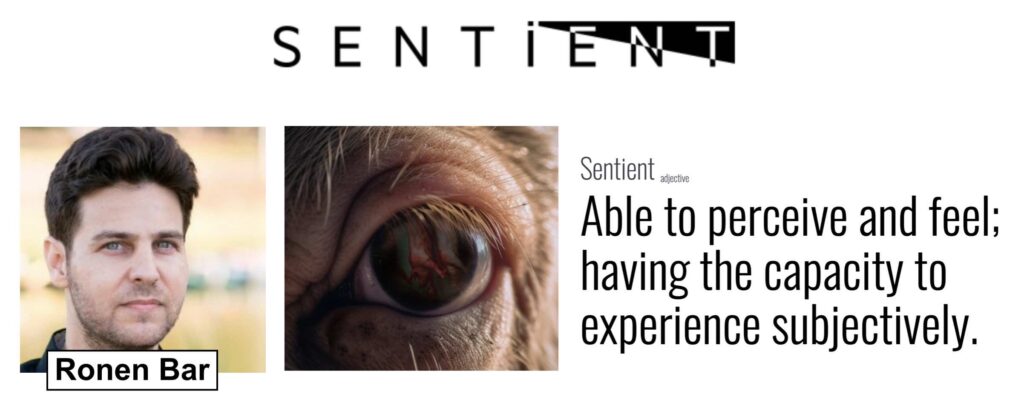
Ronen Bar, co-founder and Executive Director of Sentient
In order to share this tool with activists around the world, Sentient is launching a Kickstarter crowdfunding campaign. The Kickstarter page contains a video that explains more about the camera and process. According to Bar, the fundraiser will “enable us to develop the space of animal storytelling, turning the numbers into what they truly are — stories of sentient individuals.” Funds will be used to place 100 cameras on animals, unveiling their individual stories and effecting tangible change. To support the Camera On Animal campaign, please visit Sentient’s Kickstarter page.
Sentient is is an Israel-based animal rights organization that creates tools for undercover investigations worldwide. Activists or reporters with questions about the “Camera on Animal” technique can contact Ronen Bar: ronen@sentientworld.org
Filed under: Food, Investigations
Tagged with: factory farms, slaughterhouse



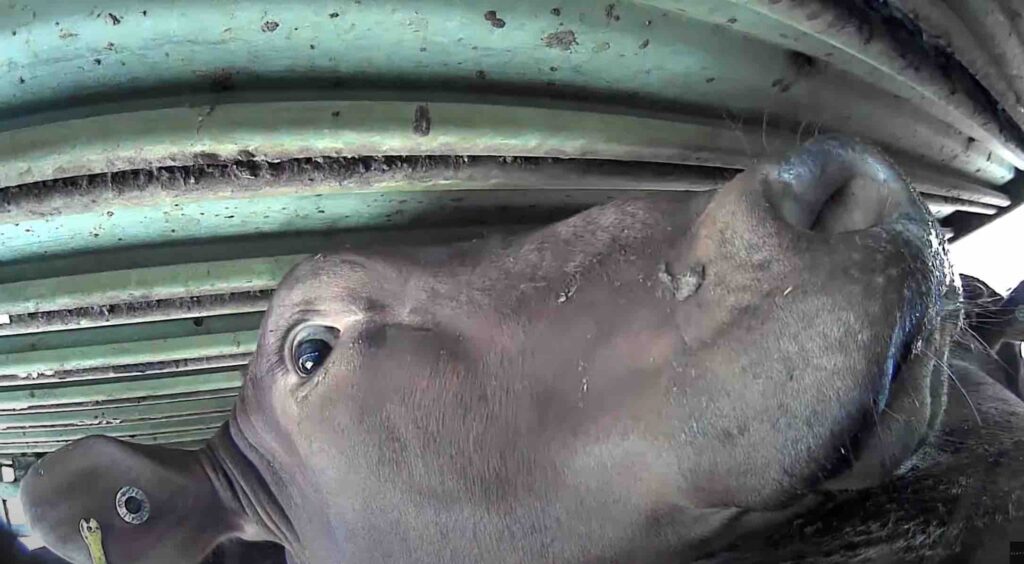
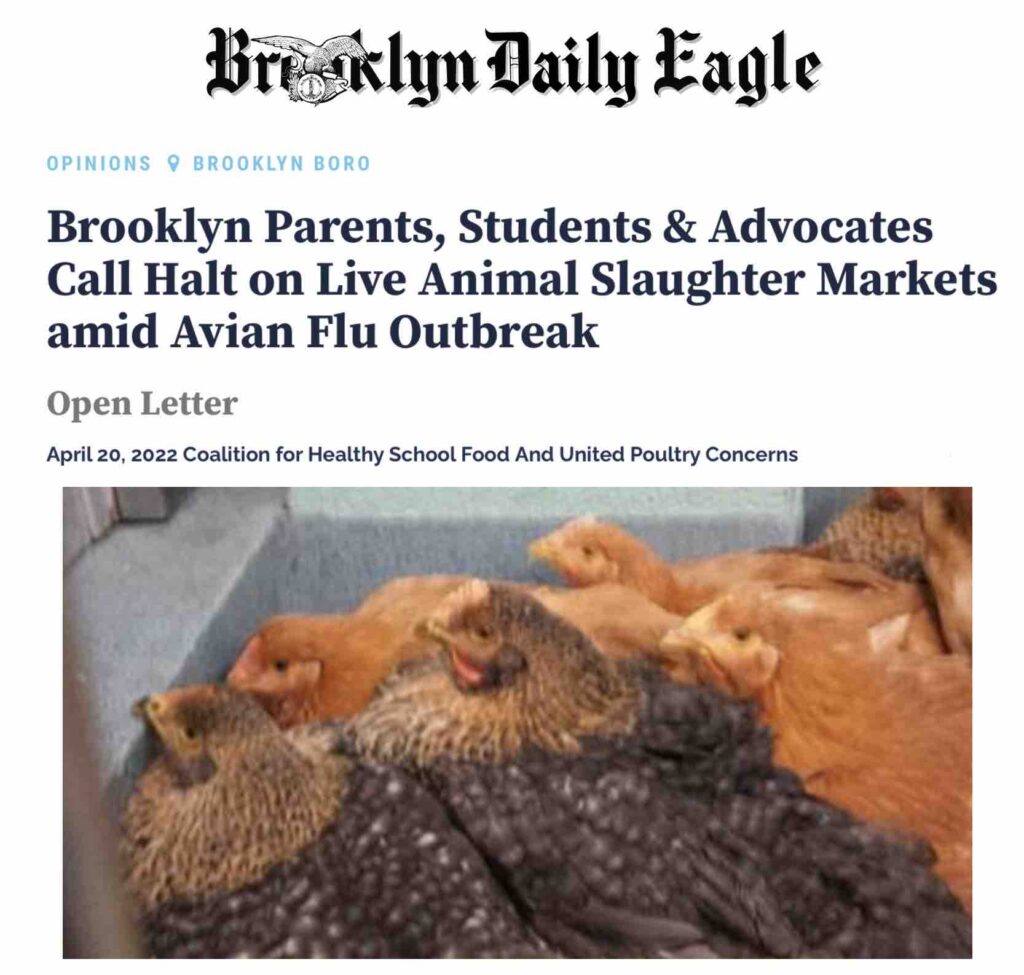
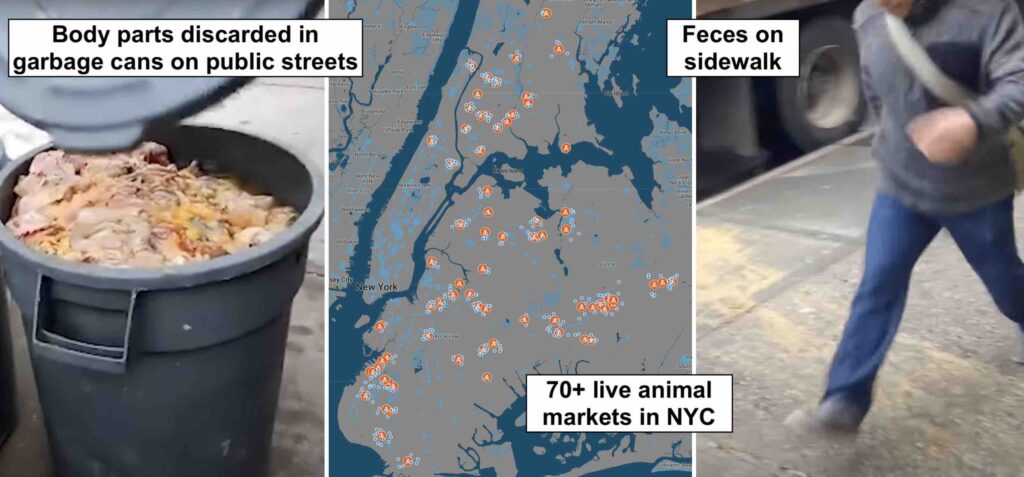
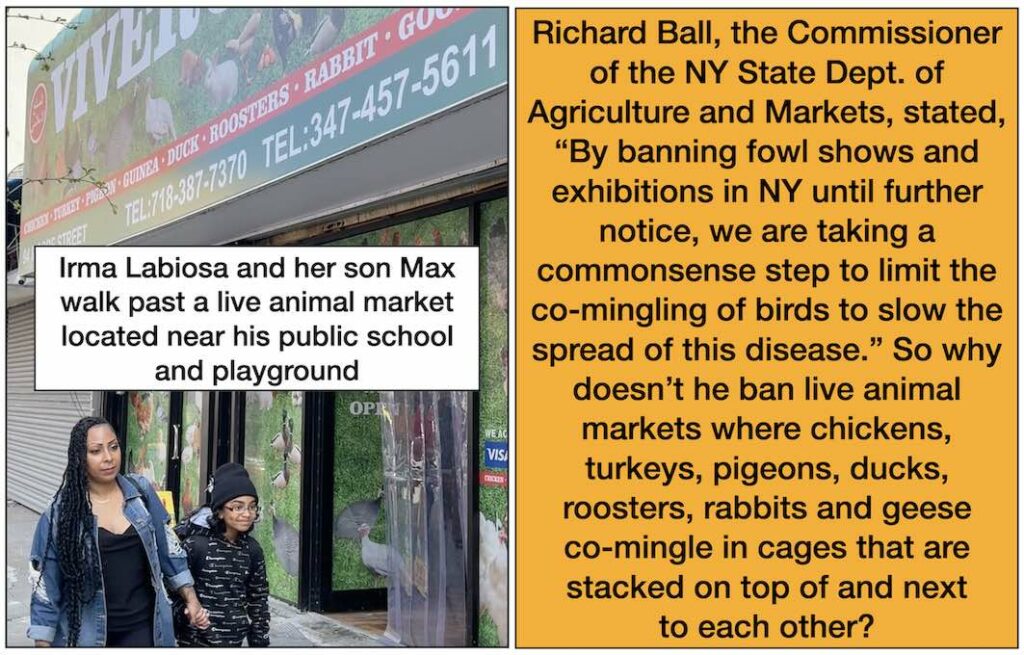
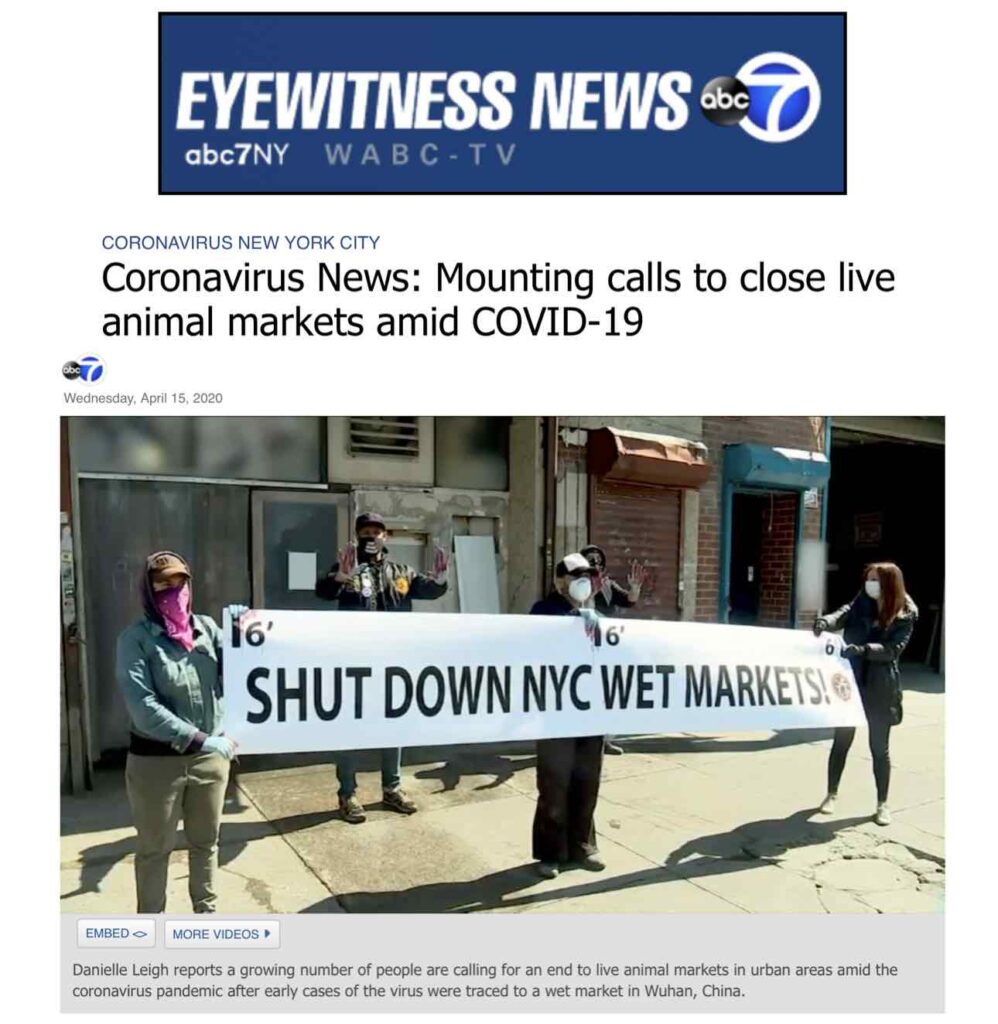
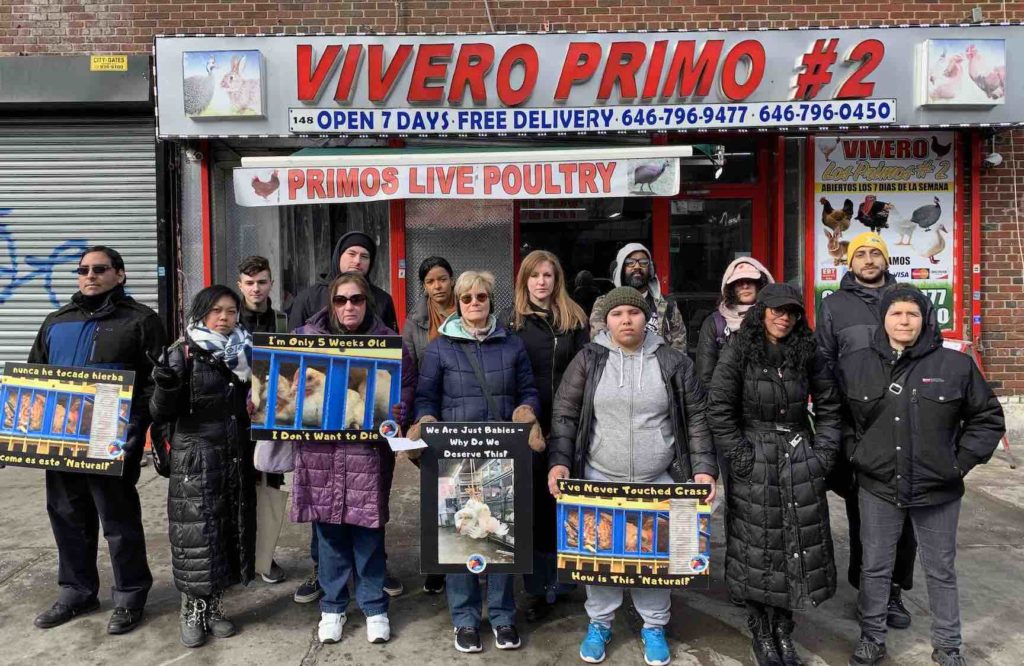
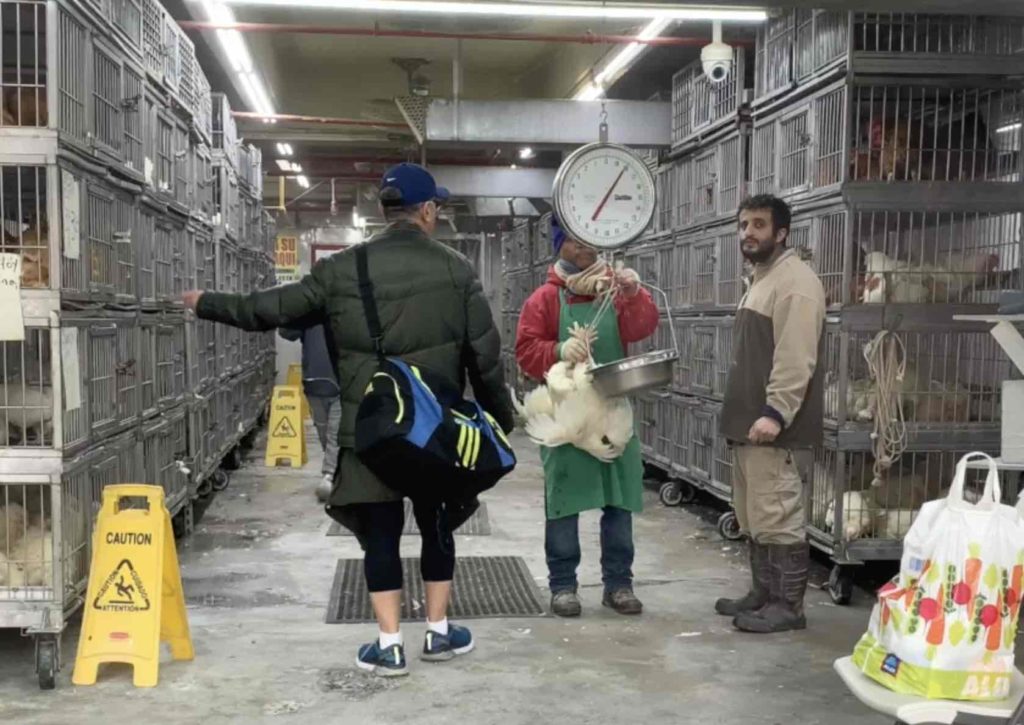
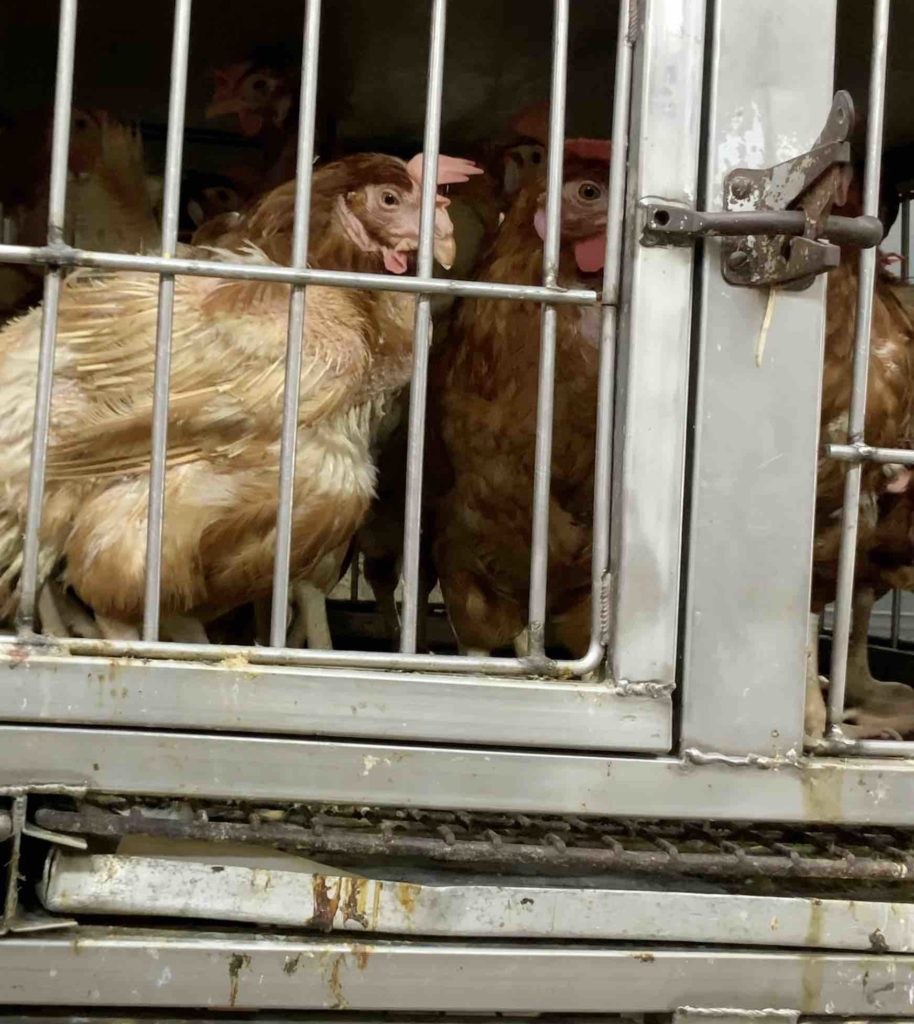
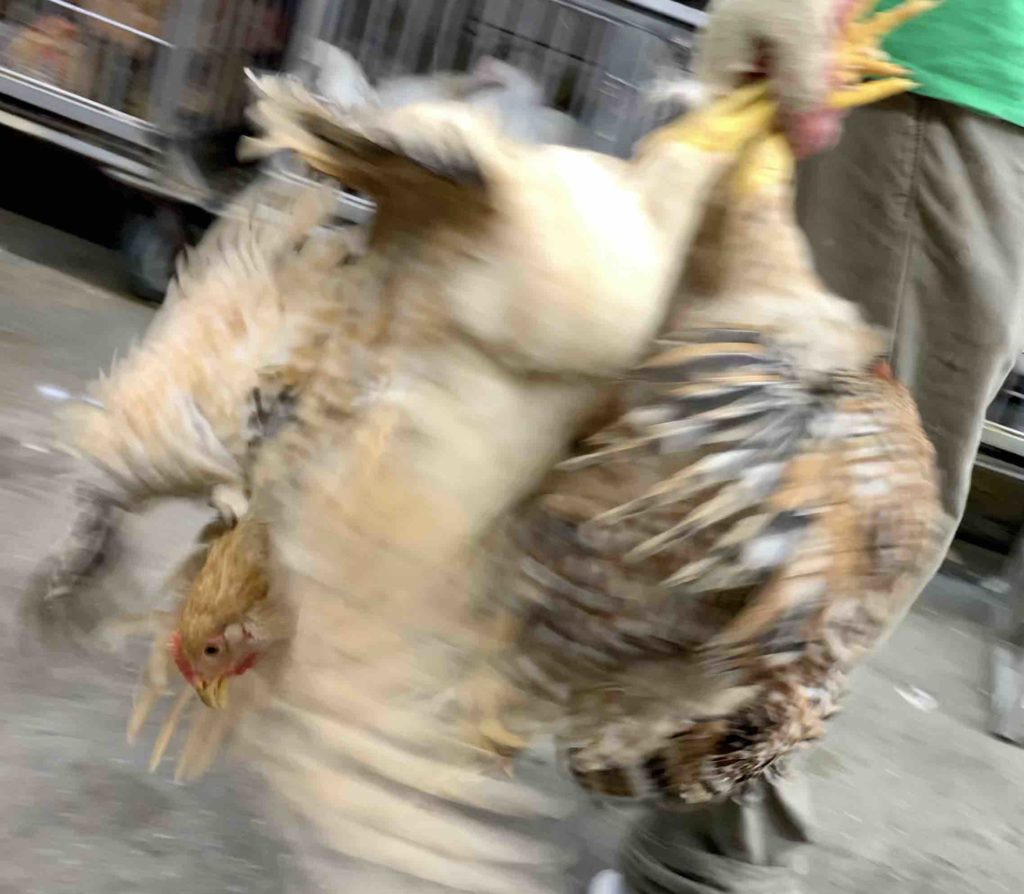

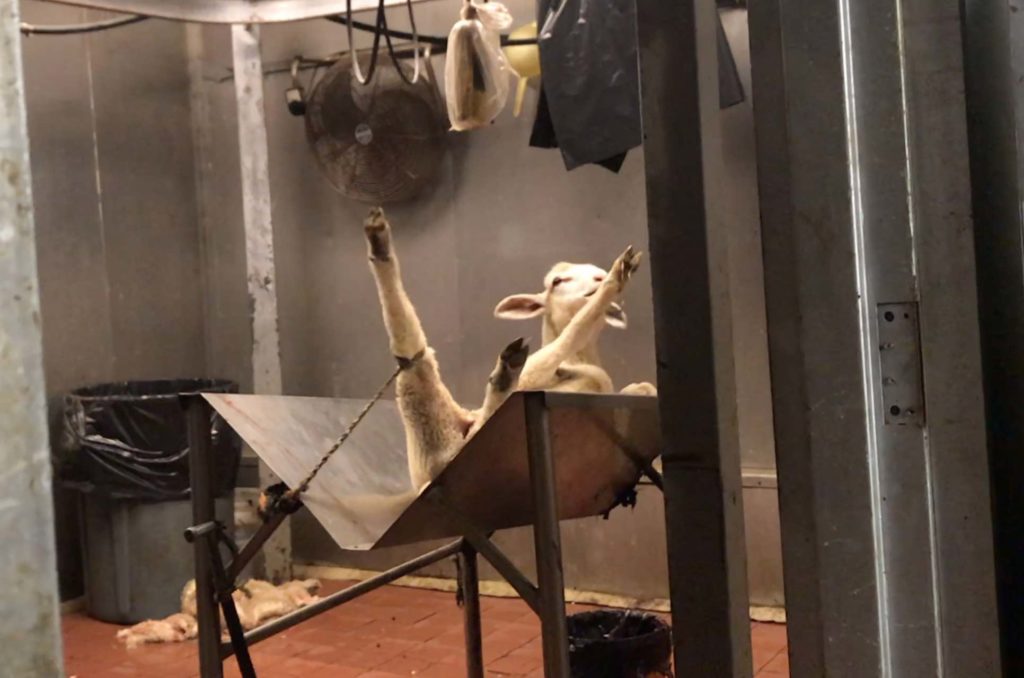
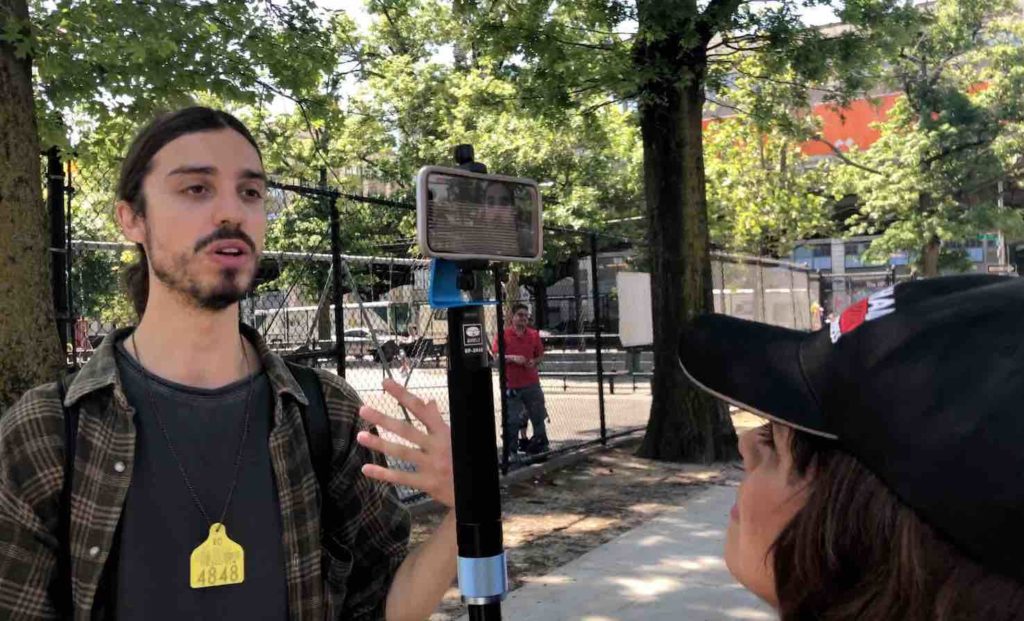
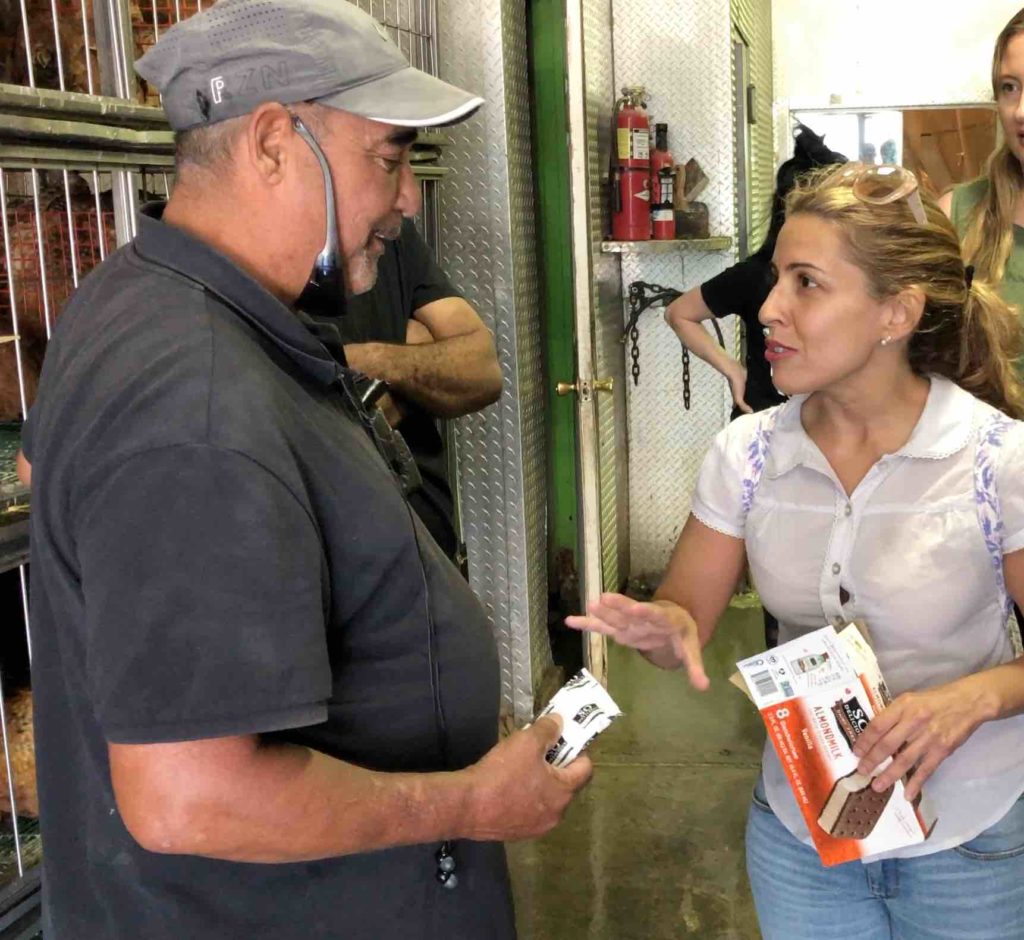
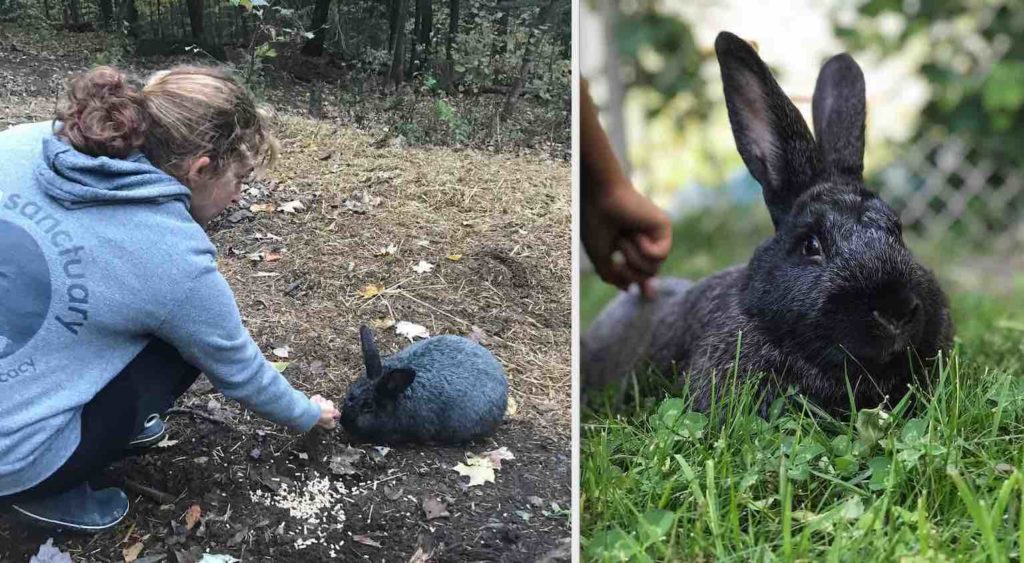
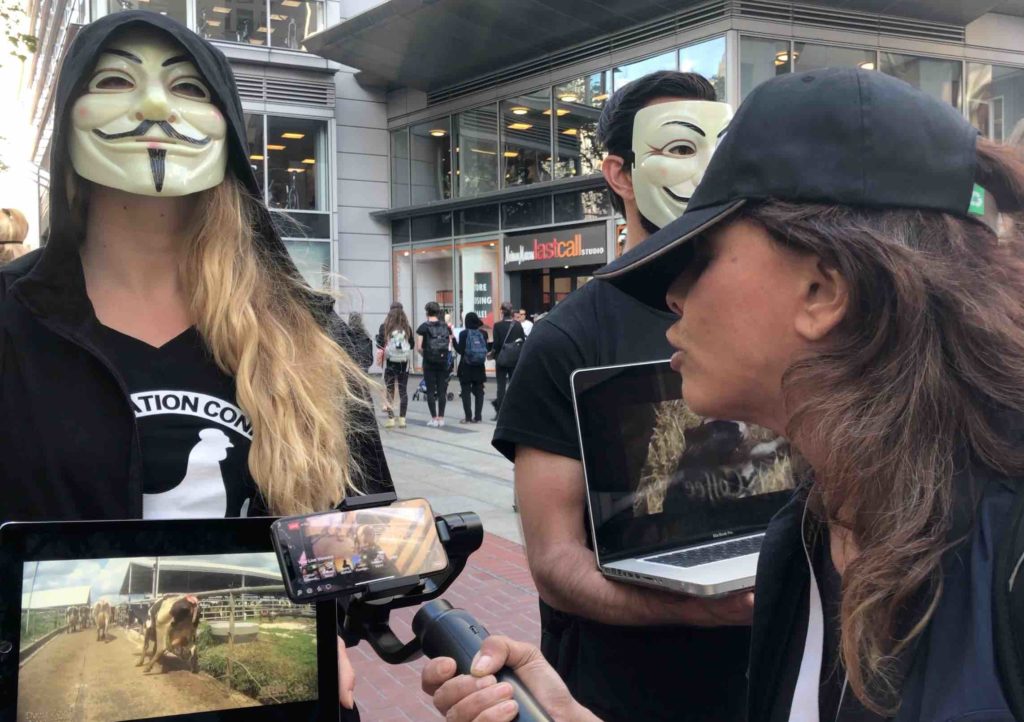
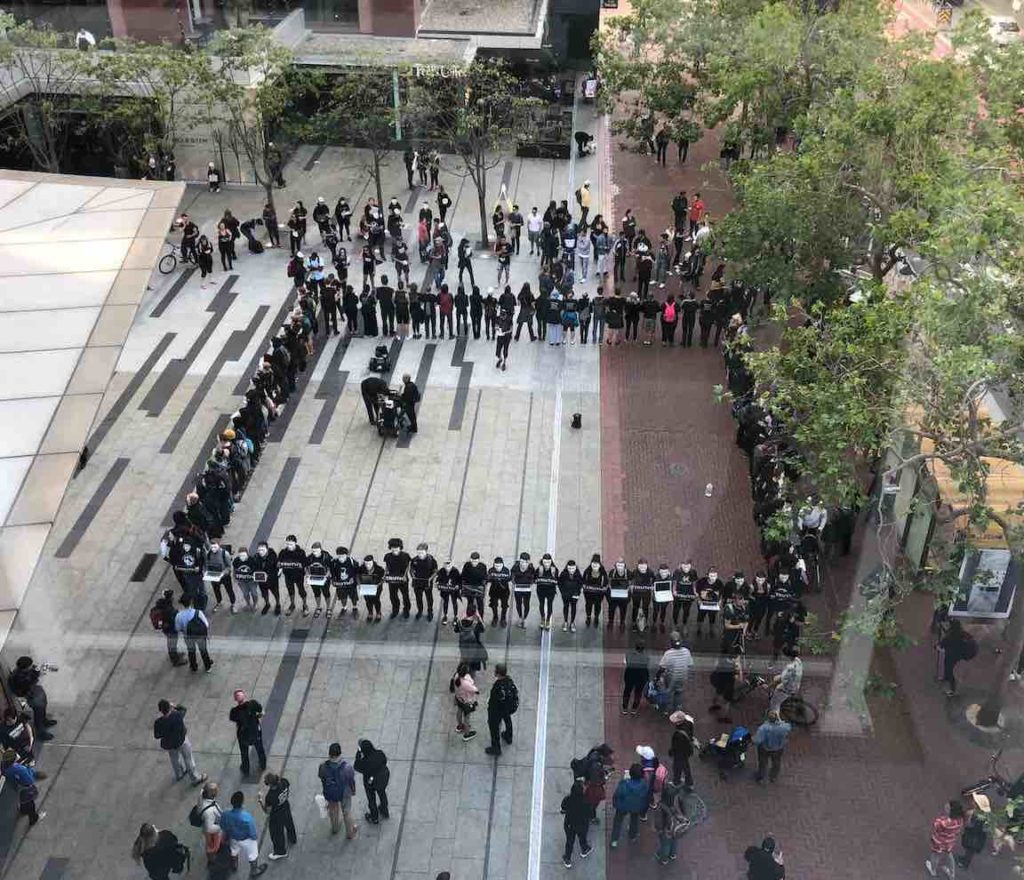
Follow Their Turn